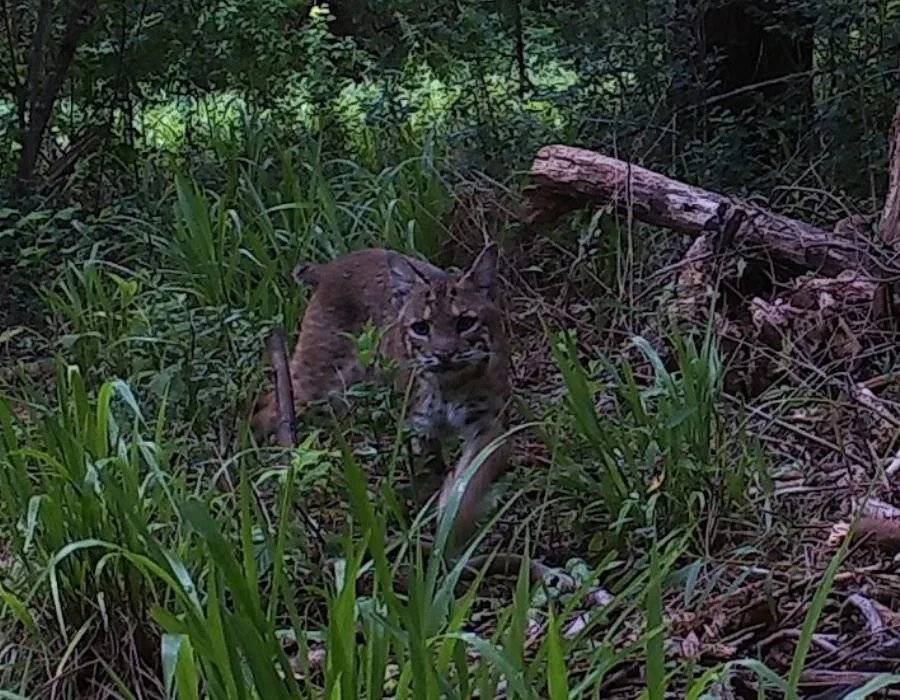I love stories like this.
A duck waddled between the trees of Glenwood Cemetery, not far from where four University of Houston students tied their camera to a trunk.
If the bird came closer to the lens, the device would detect a change of temperature or motion, and snap — start taking photos and providing the undergraduate research team with data. Their work Thursday marked the start of a monthlong survey of wildlife in Houston’s urban landscape, which is part of an ongoing study that has already yielded surprises for dozens of students and faculty at UH.
For instance: Bobcats live in the city limits. So do otters.
“I wasn’t aware of a lot of the animal populations that existed so close to the city,” UH biology senior Kaleb Barnes said at the cemetery, located just over a mile from downtown. “It’s kind of amazing, knowing how they’re able to inhabit the same space as us.”
Creating that awareness is Ann Cheek’s goal. And as leader of the project since it began in spring 2020, she helps students in three of her courses conduct the research and participate in the scientific method from start to finish, via planning, data collection, data analysis and presentations to local ecologists.
“There are lots of wild things living in the city,” said Cheek, an instructional professor of biology at UH. “It’s not just concrete and people.”
The research project, called “Hidden Life of Houston,” is a partnership between the university and the Memorial Park Conservancy. It feeds into a larger study led by the Urban Wildlife Information Network at Chicago’s Lincoln Park Zoo.
Conservation is the focus, with researchers attempting to discover what species live where and whether their appearances follow seasonal trends. Cheek’s teams share that information with Houston environmental groups and give their findings to the Urban Wildlife network, which seeks to determine whether certain species are inherently more common in cities or whether their locations are more isolated.
You can see more about the project here and their photos here. I hope they find a way to set up some cameras in some bayous as well, because I know there will be some spectacular finds there. Whatever the case, this is super cool and I hope they make a ton of discoveries.

